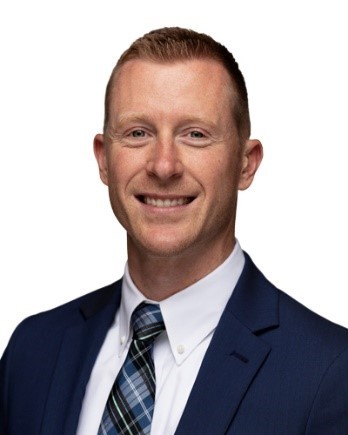Expect the Unexpected With an Emergency Fund
October 4, 2019 - Experts tell us that about one in four Americans have no emergency savings. Unexpected expenses can come from a variety of sources – a lost job, illness or injury, a car breakdown or pricey home repair. These are expenses you don’t foresee coming.

In a recent Bankrate.com survey of 1,000 adults, just 23 percent of Americans have emergency savings to cover six months of expenses. And, only 40 percent could pay an unexpected $1,000 expense, from savings.
How much is enough? It’s recommended that you have from three to even eight months of your fixed expenses earmarked in an emergency fund, including house or rent payment, utilities, food, loan and credit card payments, and transportation.
It may seem daunting to think of the amount it may take to fund your emergency savings. “Just get started,” advises Joel Richard, Senior Vice President of Member Experience, at Interra Credit Union, Goshen Start with a small goal that’s attainable. “If you save $10 a week, that’s over $500 in a year,” he pointed out. “Then, build from there, as you are can increase your savings amount.”
Break it down even further, Richard suggests. What’s one or two dollars a day? Think of it as a drink from the vending machine, a coffee or donut on the way to work. What if you grabbed coffee at home two days a week or eat out two days and bring lunch three days? “An emergency fund protects you and your family from an inconvenience all the way to bankruptcy,” he noted.
Pay yourself first. “That’s the key to success,” Richard said. “Treat a ‘payment’ to your emergency fund like you would any important payment, like a car or house payment.”
To make a savings plan successful, make it systematic and automatic. “That means make it regular, tied to when you get paid – weekly, every other week or monthly,” he added. “The real key is to make it automatic, directly from your payroll or an automatic transfer from a checking to savings account, for example. Don’t rely on yourself to make manual deposits.”
Your emergency fund should be easily accessible, but not so easily accessible that you'll be tempted to make withdrawals for everyday spending. “Consider a separate savings account, earmarked as your emergency fund,” Richard advises. “Don’t be tempted to pull from this account just to pay bills. Once the account grows, you can move funds to a money market account or certificate that will pay even more.”
The most important thing to remember is setting and reaching financial goals is a long-term plan, whether it’s for an emergency fund or retirement. “It takes some small steps, but even a few dollars add up over time,” Richard said. “Remember, setting up an emergency fund is meant to benefit and protect you.”

